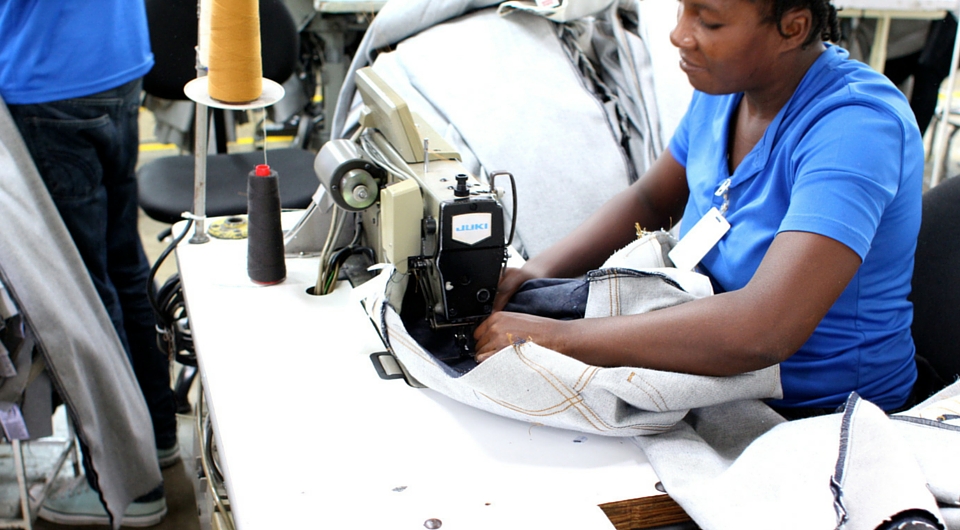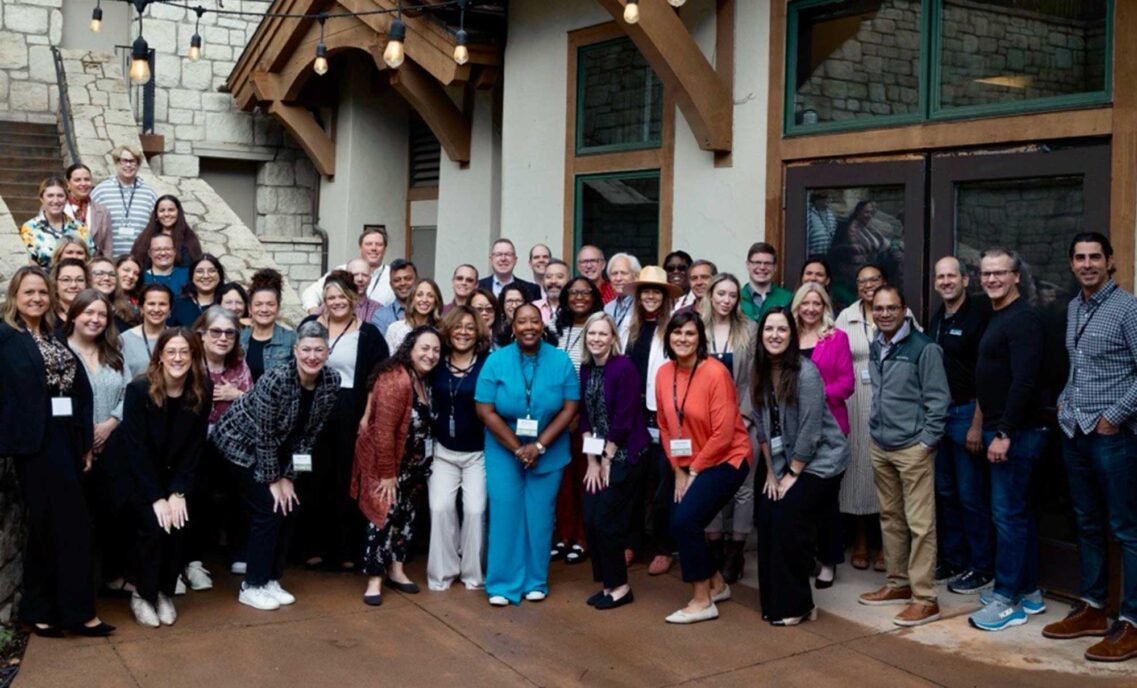When it comes to what you wear every day, most people don’t consider the connection between what they are wearing and the people who made their clothes. Who touched them? How many people? What country do they live in?
These are questions that Kimberly Almeida, senior program manager for the Levi Strauss Foundation, asks herself every morning when she gets dressed. And it’s what she asked the audience to do last week at the Harvard University Sustainability and Health Initiative for NetPositive Enterprise (SHINE) Summit – an event that drew over 100 scientists, academics and business leaders from various sectors to share experiences and good practices related to sustainability and health.
It’s that curiosity that got Almeida excited about her work with Levi Strauss Foundation, where she supports the Worker Well-being (WWB) initiative. Through the initiative, LS&Co. and its supply chain partners aim to address the health and well-being needs of the workers who make LS&Co. products in a systemic and sustainable way.
The initiative draws on the Company’s rich history of living its values. For example, in 1991, LS&Co. was the first global company to adopt a code of conduct for our supplier factories, which established a set of labor and environmental standards.
“People thought we were crazy, but now it’s become an industry standard,” said Almeida.
Then in 2011, on the 20th anniversary of the company’s code of conduct, the Company and the Foundation stood back to take stock of where they were and what they had learned.
“On the one hand, over 15 years we had invested millions of dollars in factory-based worker programs to address issues like health and financial security in key sourcing locations. But, while that is a great accomplishment, we also realized that many of these programs were unsustainable because the interventions were never continued after our funding ended. It was essentially factory-based charity and we weren’t satisfied.”
Out of that “aha” moment came the Worker Well-being initiative.
“The idea is to raise the bar so that codes of conduct are the floor, not the ceiling — and embed worker well-being initiatives into our supplier relationships and sourcing strategy, so it’s not just having a worker program that’s transactional that ends when funding leaves,” continued Almeida.
Almeida explained that the Worker Well-being initiative is guided by the following principles:
- It starts by listening to worker and vendor needs
- Then roll out high-impact worker programs that address workers’ most critical needs– for example, in the areas of health, sanitation or financial literacy.
- Throughout the process, build supplier relationships – and let them take the lead on implementation
- Last but not least, measure business and social impacts of the work. Because, Almeida states, “what’s measured is valued.”
“What’s really exciting about this approach to worker well-being is that LS&Co. has taken the bold step of integrating Worker Well-being into its sourcing strategy, meaning that strategic vendors are expected to address worker well-being in meaningful ways,” said Almeida. “Along with cost, quality, location and other sustainability considerations, Worker Well-being is one of the company’s criteria for deciding where to make products.”
By 2020, the Company will produce 80% of its product volume in locations with Worker Well-being programs and will reach 140,000 workers.
Almeida also explained that LS&Co. is partnering with Harvard University’s SHINE in an attempt to measure the well-being of apparel workers in its supply chain. Almeida and Dr. Eileen McNeely, Co-Director of SHINE, shared that the team is developing and field testing a global well-being index that could provide an accurate gauge of worker well-being in a manufacturing context.







